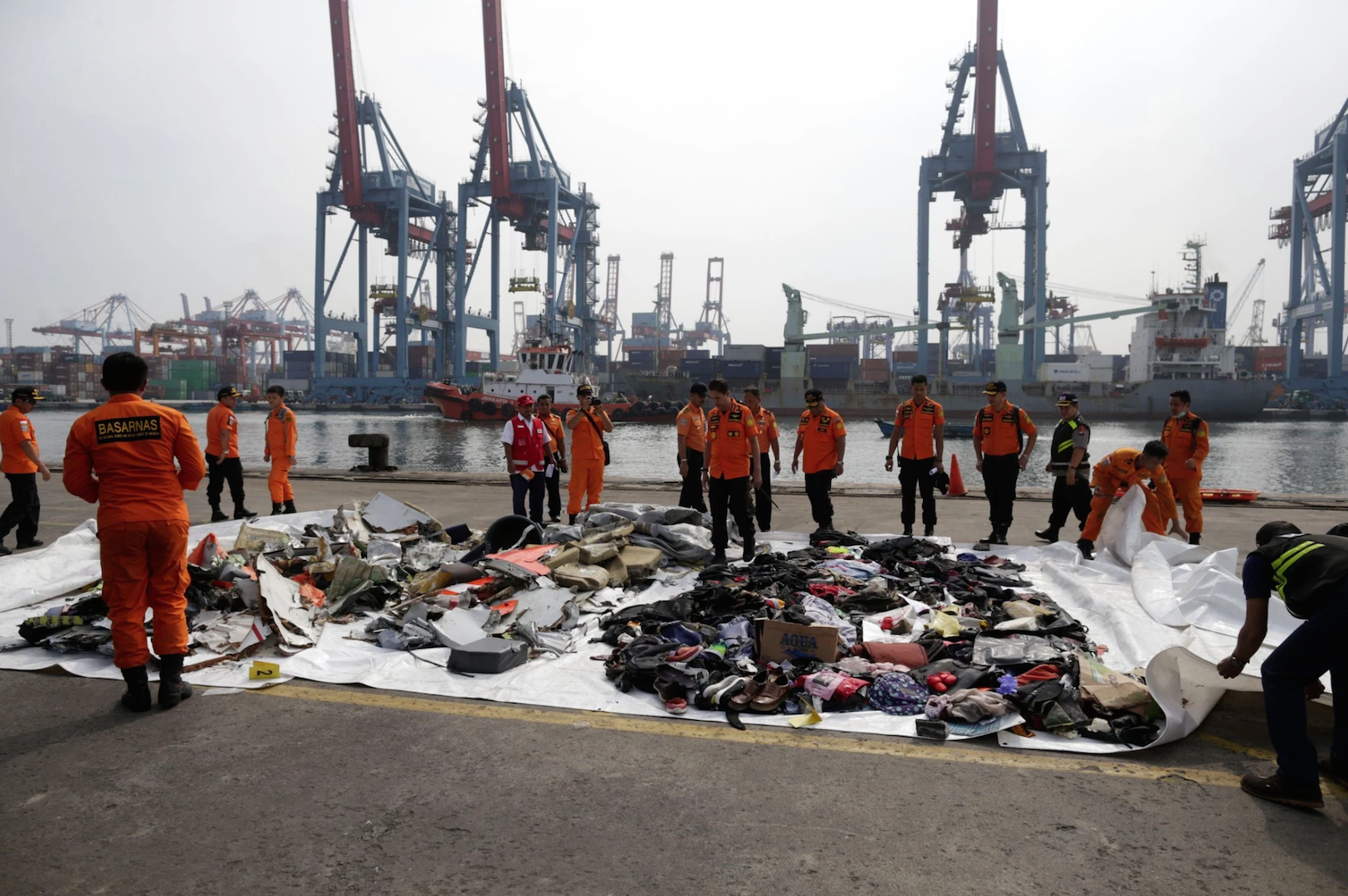

Early Monday morning, local time, Lion Air Flight 610 took off from Jakarta, Indonesia, flew for just 13 minutes, and crashed into the sea, presumably killing all 189 passengers and crew. It has been just over a day since the accident happened, yet there is already a huge amount of information coming out, all of which points seemingly in completely different directions.
For starters, there’s the airplane, which was a brand-new Boeing 737 MAX 8, the latest, most advanced version of the company’s venerable workhorse. The roughly $52 million jet was delivered to Lion Air in August and had just 800 hours on it. Yesterday’s crash became the deadliest of any 737 disaster in the 50 years since the aircraft first entered service, and the first incident involving the MAX. It’s extremely rare for brand-new jets to crash, particularly in this era of exceptional safety performance globally. The airplane in question had a service issue on its most recent flight, but it was resolved. Nevertheless, investigators—including those from the United States National Transportation Safety Board and Boeing, since the aircraft was built in the United States—will go over the maintenance records thoroughly. Boeing’s own recent production problems with the 737 will surely also be considered; over the summer, the assembly lines became backed up, causing chaos and delays at the company’s production facility in Renton, Washington.
Then there’s the airline, Lion Air. Indonesian airlines, in general, have had a troubled history, and the budget Lion Air was one of several banned from flights to the European Union due to concerns about the country’s oversight of its airline industry. The company, though growing rapidly and operating a successful budget business model, nevertheless had multiple incidents since its founding in 1999. At least 9 events—in 2002, 2006, 2009, 2010, 2013, 2014, 2016—involved trouble during takeoffs and landings, including pilots landing short of he runway, running off the end of it, running off the side, striking a cow, and bouncing four times in one landing. With improvements from both the airline and the Indonesian Directorate General of Civil Aviation, the company was eventually removed from the EU’s blacklist in 2016.
The pilots on board the accident aircraft appear to be highly experienced, each with more than 5,000 hours of flight time, but details of their final moments already paint a confusing picture of wavering altitude followed by a sudden and steep descent to the ocean. The crew had requested a return to Jakarta, but didn’t say why and didn’t declare an emergency. Also curious: that recent service issue. Interestingly, aviation journalist Jon Ostrower, of The Air Current, uncovered three different versions of the same airplane maintenance log circulating online, noting specifically problems with altitude readings onboard the aircraft. Couple this with the problems at Boeing and the airline, intense speculation among the media as to potential causes, and musings on social media and various Internet forums, including one for professional pilots, ranging from pilot error to bombs to control failures on takeoff, to those discrepancies in altitude readings, and it’s easy to see how the world will jump down every conceivable rabbit hole in order to find out the cause of the crash as quickly as possible.
This pattern now repeats with every major aviation incident that occurs—information gets out, some of it is good, some bad; some is relevant, some is not. Within a few days, it will die down as investigators dig into their work, gradually homing in on two essential categories of accident investigations: the root causes, and the contributing factors. These may indeed prove much of the initial speculation was right on the money—and it’s certainly hard to ignore those suspicious maintenance logs, as well as the airline’s exceptionally problematic record—but the nuances of actual causality could be complex and far-reaching, including everything from a missed signature here to pilot confusion there to improperly installed part somewhere else. Or it may be something singularly responsible—a bird, ill intent on somebody’s part, or something completely new. Regardless, the investigation will look at why it happened, why it caused the crash, and what can be done to prevent it in the future. It’s that process that has made aviation one of the great successes of the modern technological world, and it’s the process that will need to persist in order to keep it so.